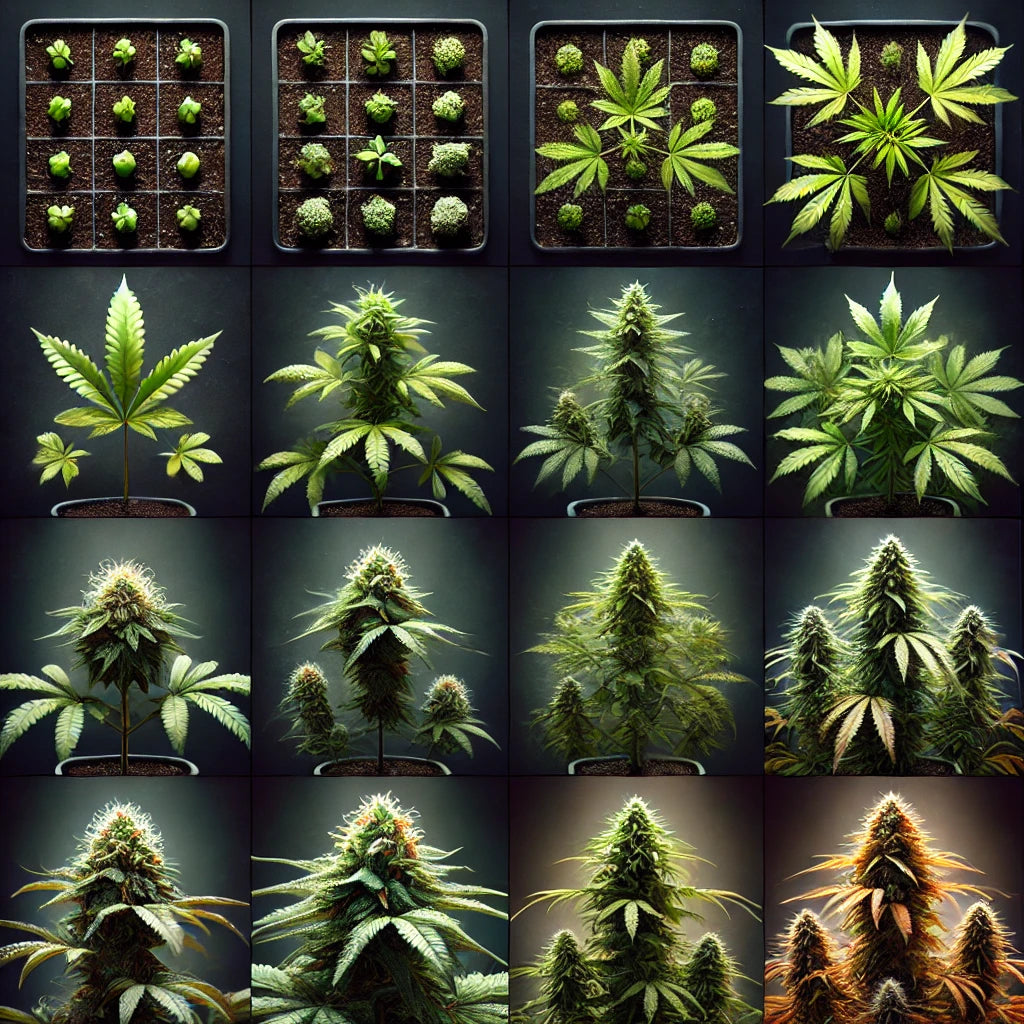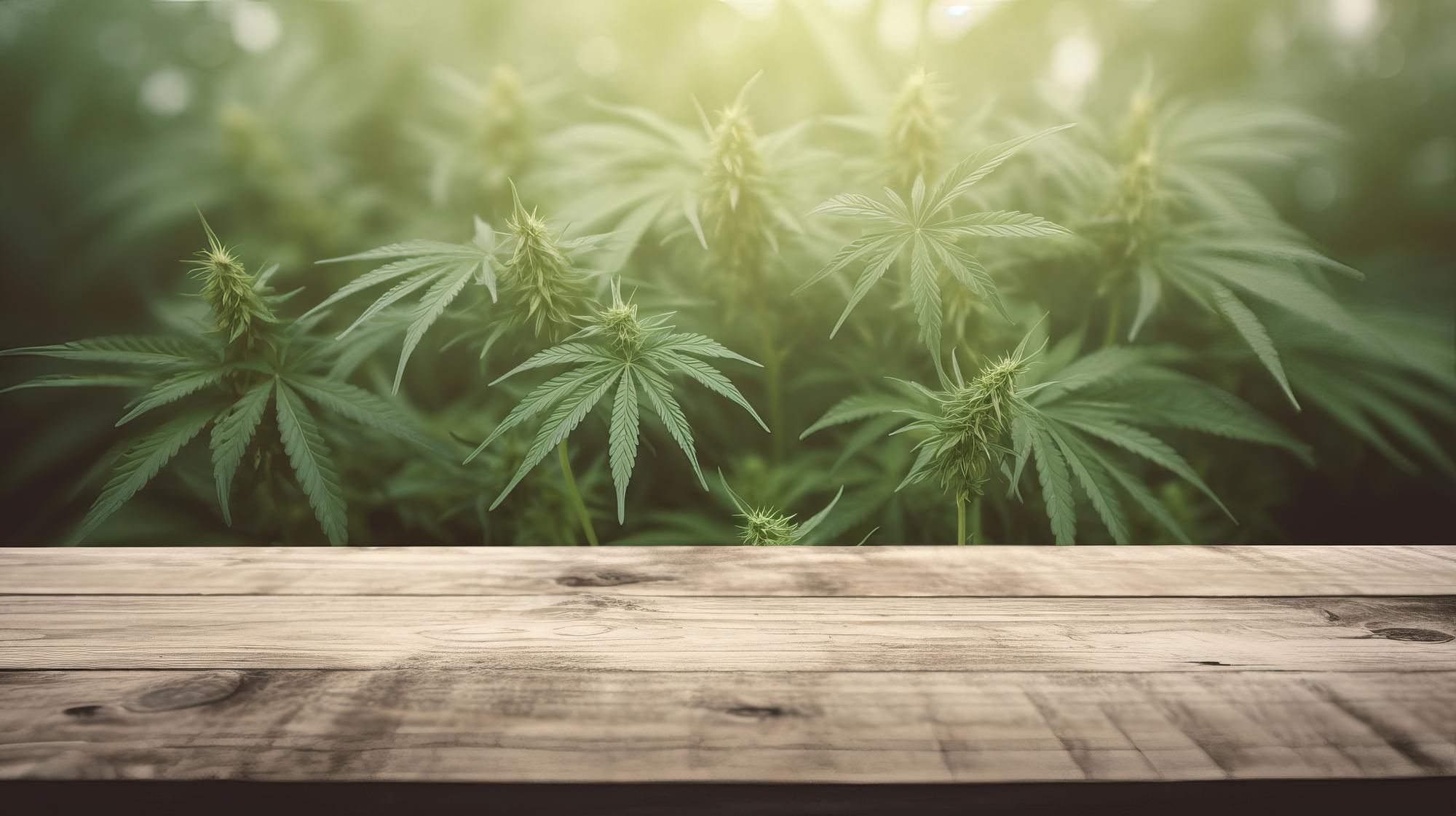The term "sativa", which comes from Latin and means "cultivated" or "bred", is used in botany in both the male form (sativus) and the female form (sativa). It is often part of the name of cultivated and useful plants. In the world of cannabis, this term is often used to describe certain types of cannabis plants known as "sativa."
What does sativa mean in the context of cannabis?
Cannabis sativa, often referred to as common or true hemp, comes in both female and male forms. Female cannabis flowers are known for their potentially intoxicating effects when consumed appropriately. Male hemp, on the other hand, is often used as a crop, for example for textile production. The THC content of male hemp is usually lower than that of the female plant and varies depending on the cannabis strain.
When producing marijuana, it is crucial to remove all male and hermaphrodite plants from the grow. The optimal harvest time for free-growing hemp is usually between mid and late August.
The effects of Sativa Cannabis Sativa is generally said to have a calming and sedative effect. When used recreationally, however, sativa can have a mentally stimulating effect, leading to a state of intoxication that can, among other things, cause fits of laughter, increased creativity or increased social sensitivity.
Medicinal Uses of Sativa
In medical use, Cannabis Sativa is an important part of pain therapy. The aim here is to have a sedative effect to relieve pain. Unlike recreational use, use is carried out under medical supervision, using selected sativa strains and regular medical checks.
Different sativa strains
The variety of cannabis strains is enormous. Some well-known sativa strains are:
- Alaskan Thunder Fuck
- Jack Herer
- Maui Wowie
- Strawberry Cough
- Sour Diesel
- Green Crack
Haze strains
Haze strains, originally developed as pure sativa strains, are known for their high THC content and special effects. Originally developed in California in the 1960s by the Haze brothers, Haze has evolved into a mix of sativa and indica. Some well-known Haze strains include Super Lemon Haze, Ghost Train Haze, Super Silver Haze and Purple Haze.
Best sativa strain
The best sativa strain depends on the consumer's personal preferences. An example of a popular sativa strain is Amnesia Haze, known for its energizing effects and earthy, fruity refreshing taste.
Sativa vs Indica
The distinction between sativa and indica in the world of cannabis is fundamental and refers to various aspects such as appearance, smell, origin, growth pattern and effects. These differences help both growers and consumers better understand the specific properties and uses of each plant species.
Look:
- Sativa plants tend to be taller and slimmer with longer and thinner leaves. They are often light green in color.
- Indica plants, on the other hand, are shorter, bushier and have wider leaves. They tend to be a darker shade of green.
- Sativa strains often have a fresh, sweet, fruity, and sometimes earthy aroma.
- Indica strains, on the other hand, tend to have a stronger, heavier, and sometimes skunky scent.
- Sativa plants originally come from equatorial regions such as Colombia, Mexico, Thailand and Southeast Asia.
- Indica plants, on the other hand, originate in the cooler, mountainous regions of countries such as Afghanistan, Pakistan and India.
- Sativa plants require a longer growing season and have a longer flowering period, which can last up to 12 weeks.
- Indica plants have a shorter growing season and a faster flowering time, usually between 8 to 10 weeks.
- Sativa strains are known for their more stimulating, euphoric, and mentally activating effects, which are often associated with creativity and social interaction.
- Indica strains, on the other hand, are famous for their relaxing, calming effects that are ideal for the evening hours and are often used to relieve pain, stress and sleep problems.
It is important to note that many modern cannabis strains are hybrids and can exhibit both sativa and indica characteristics. The degree of effect and specific properties can therefore vary from variety to variety. In today's cannabis culture, these differences are essential to understanding and optimally utilizing the diverse medical and recreational uses of cannabis.
Sativa strains are considered to be more head-heavy in their effects and are particularly psychoactive due to their high THC content with a low CBD content. This effect may be desirable for some users, but also carries an increased risk of side effects such as the development of psychosis. Consuming sativa strains and cannabis in general should therefore be done with caution, especially since cannabis is still illegal in many regions.
















